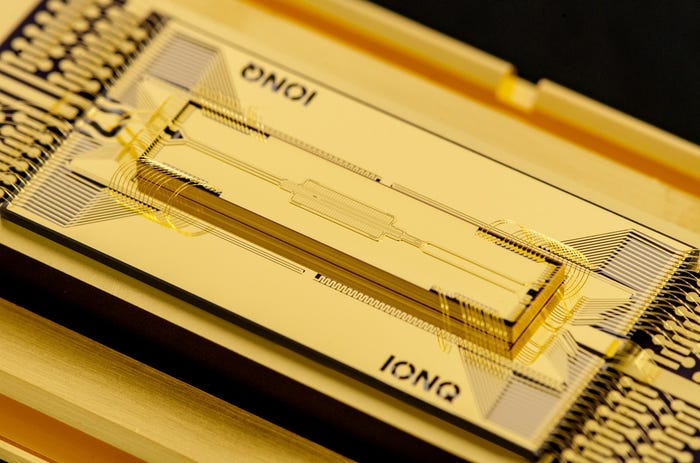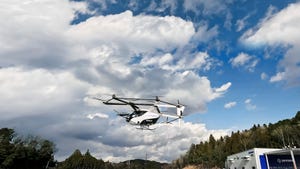Optimizing Asset and Inventory Management With IoT for Improved Quality, Safety and AccuracyOptimizing Asset and Inventory Management With IoT for Improved Quality, Safety and Accuracy

Supply chain management – specifically asset and inventory management – is complicated and high-stakes. When something goes wrong, it often has cascading consequences across the company. And as supply chains become more globalized, their sensitivity to disruption increases. Unfortunately, there has been no shortage of disruptions in recent years, from global pandemics to geopolitical turmoil.
In addition to the challenges posed by major global disruptions, many enterprises struggle to collect real-time data on asset location and condition, compromising their ability to make timely decisions and execute corrective action to optimize resiliency. As a result, errors in inventory availability are common, creating out-of-stock or overstock situations. These issues exacerbate the larger and more globalized an inventory becomes.
Addressing Asset and Inventory Challenges With IoT
Enterprises that implement better supply chain traceability and condition monitoring in the form of Internet of Things (IoT) technology, for example, safeguard their supply chains and improve asset and inventory management at scale. By deploying these sensing capabilities across different parts of the supply chain, businesses are able to remotely monitor an asset’s location, status and condition, as well as parameters like impact, light, temperature, humidity, and fraudulent activity. This improves resiliency in cases of disruption and optimizes “time to restoration” for any situation that arises.
This telemetry data is invaluable once processed through a prescriptive analytics system, uncovering key insights across the supply chain that significantly enhance inventory management. With these descriptive insights and standard operating procedures, supply chain operators are automatically alerted to issues such as stock levels being too high or low, allowing teams to respond proactively and prevent excess stock or stockouts.
Automated alerts empower operators to be proactive in preserving product and reducing inventory loss. For example, in a supply chain devoted to farm-to-table operations, IoT sensing capabilities determine if the temperature of a refrigerator storage truck drops below a set threshold, prompting the system to automatically send an alert to appropriate personnel, even the driver, who can take corrective action that minimizes spoiled goods, reduces waste, and improves on-time shipment-complete KPIs.
Enhancing Flexibility and Forecasting With AI and ML
Maintaining optimal inventory levels is essential to reducing waste and meeting customer demands. Historically, asset and inventory management has always been difficult during periods of unpredictability. Businesses often accept a manageable amount of lost revenue in such situations and tag them as a “cost of doing business.”
However, thanks to technologies like Artificial Intelligence (AI) and Machine Learning (ML), enterprises are increasing their flexibility and reacting more dynamically to changes. Companies that leverage technology that incorporates AI and ML models are able to analyze the wealth of both historical and real-time data collected by their IoT sensor devices to adjust inventory levels and reorder points accordingly. Analyzing historical sales data, evolving market trends, and other economic indicators with advanced ML models dramatically increases the accuracy of demand forecasts and balances them with real-time supply constraints.
Ensuring a Successful Integration
Despite enterprises’ eagerness to implement IoT technologies into their supply chains, many do not have the technical proficiencies or resources to integrate them with existing systems, thus reducing the total value they generate with the solution. To address this, companies should seek assistance from an IoT partner that provides solution-oriented, proactive support to make new IoT infrastructure integrate with existing inventory management systems at scale. Moreover, to further maximize asset and inventory management, enterprises should search for an IoT vendor that leverages the power of AI and ML capabilities within its IoT solutions. Speed to integration and ease of adoption are critical components in realizing the efficiencies these emerging technologies provide to operators looking to optimize their supply chains.
About the Author
You May Also Like






